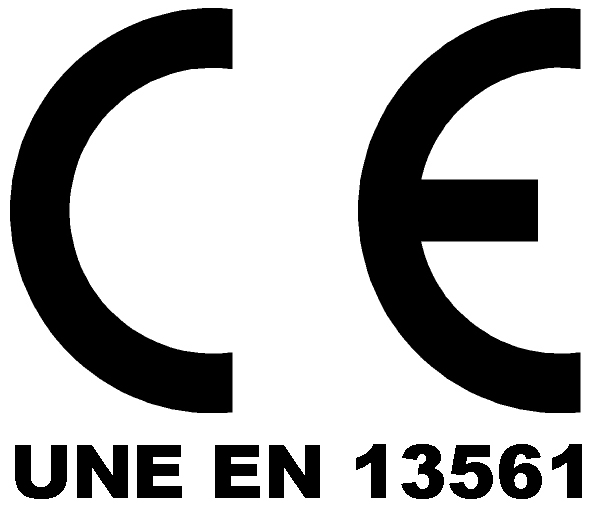Ultraviolet radiation or UV radiation is referred to electromagnetic radiation whose wavelength is between approximately 400 nm (4 x 10-7 m) and 15 nm (1.5 x 10-8 m). Its name comes from the fact that its range starts from shorter wavelengths than humans identify as the violet color, but that light or wavelength is invisible to the human eye as it is above the visible spectrum. This radiation is an integral part of the solar rays and produces several health effects because it`s a radiation between non-ionizing and ionising.
They are harmful ?
Most of the ultraviolet radiation that reaches Earth is in the UV-C, UV-B and UV-A Mainly the last one,because of the absorption by the Earth`s atmosphere. These ranges are associated to the damage they cause in humans: UV-C radiation (the most damaging to life) does not reach the earth becaise it`s absorbed by the oxygen and the ozone in the atmosphere; UV-B radiation is partially absorbed by the ozone and only reaches the earth's surface by a minimum percentage, although it can damage the skin.
The damages that ultraviolet rays can cause include skin cancer,skin aging, irritation, wrinkles, skin spots or loss of elasticity, as well as corneal diseases.
UV radiation is highly mutagenic,in oder words it induces mutations. In DNA it causes damage by forming pyrimidine dimers (usually thymine dimers) that shorten the normal bond distance, causing a deformation,on the DNA strand.
UV rays are responsable for the typical burns from prolonged exposure to the sun. In moderate amounts, it can activate melanocytes in some people, producing a brownish pigmentation (what is known as "tanning").
Risk colour UV Index
█ Green: Low <2
█ Yellow: Moderate 3-5
█ Orange: High 6-7
█ Red: Very High 8-10
█ Violet: Extremely high> 11
What simple measures can be taken to protect you from the sun?
According to WHO (World Health Organization):
NULL



